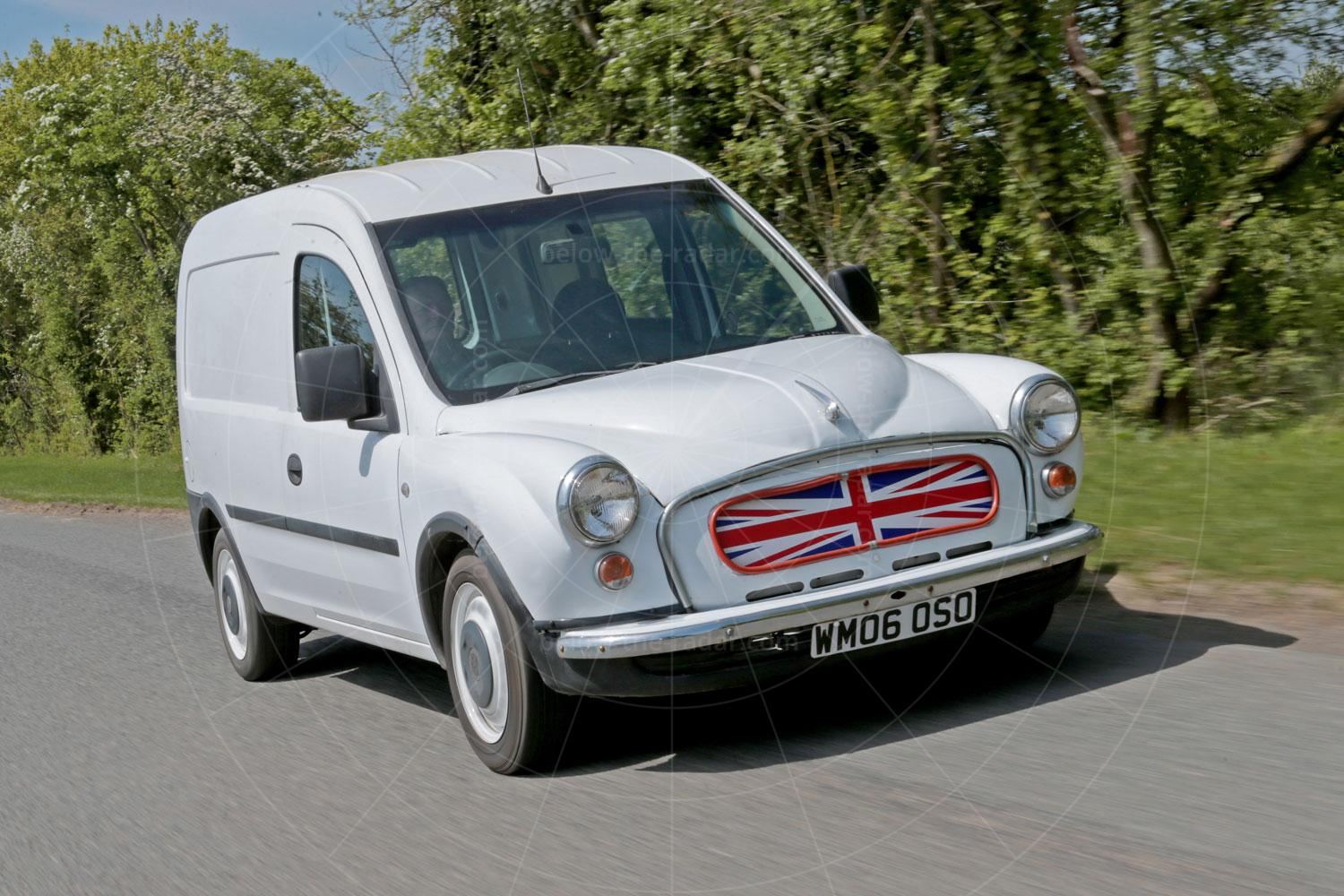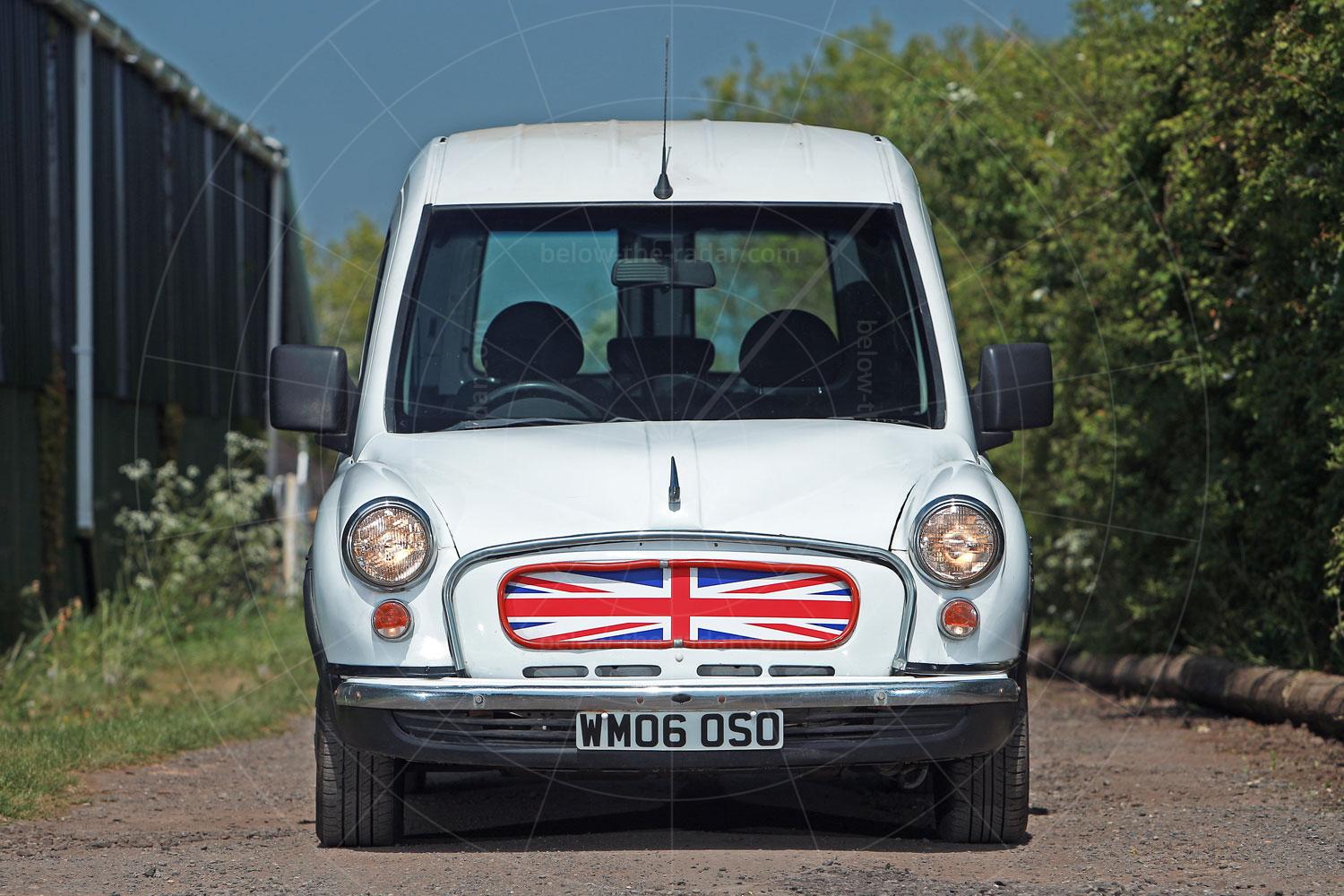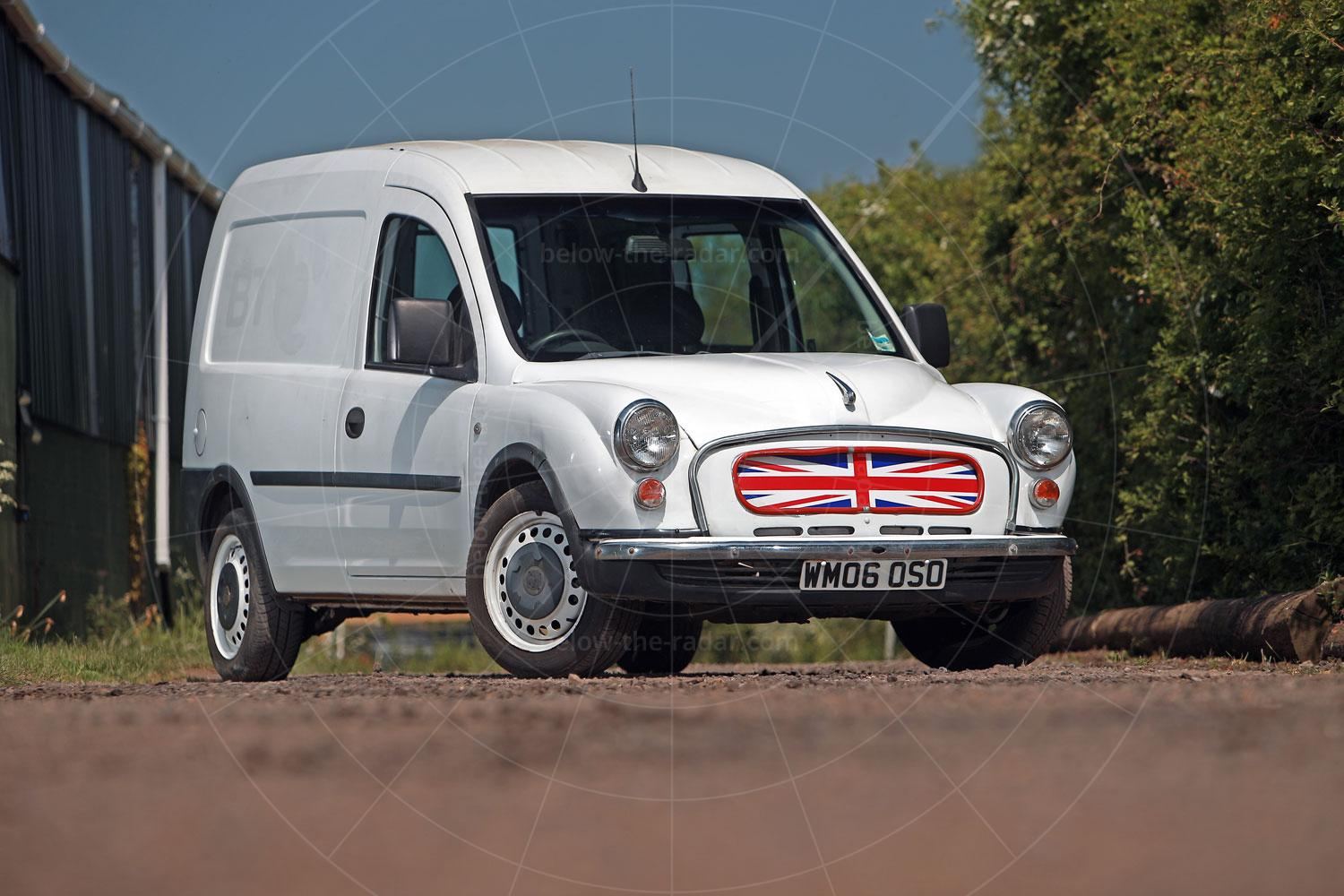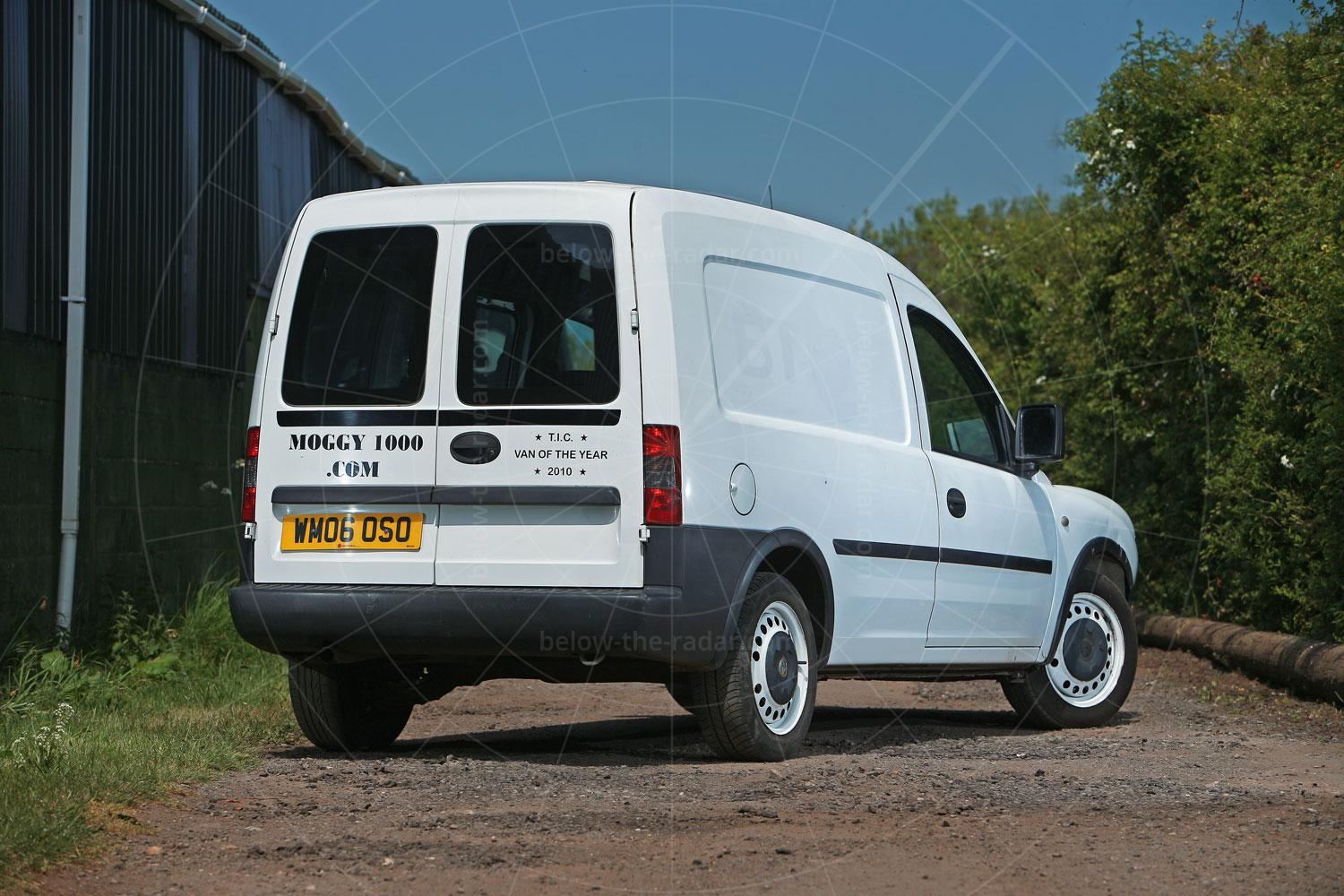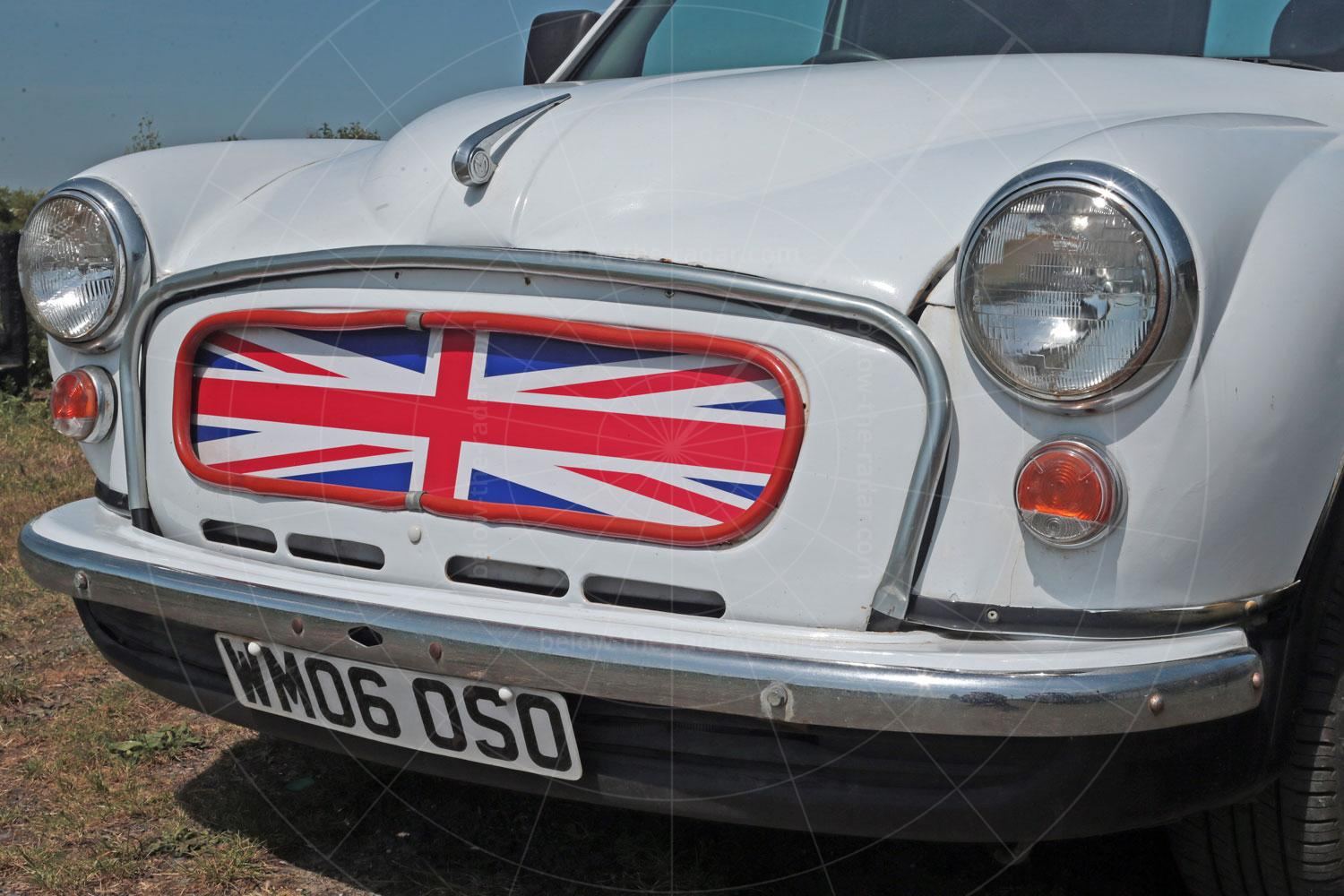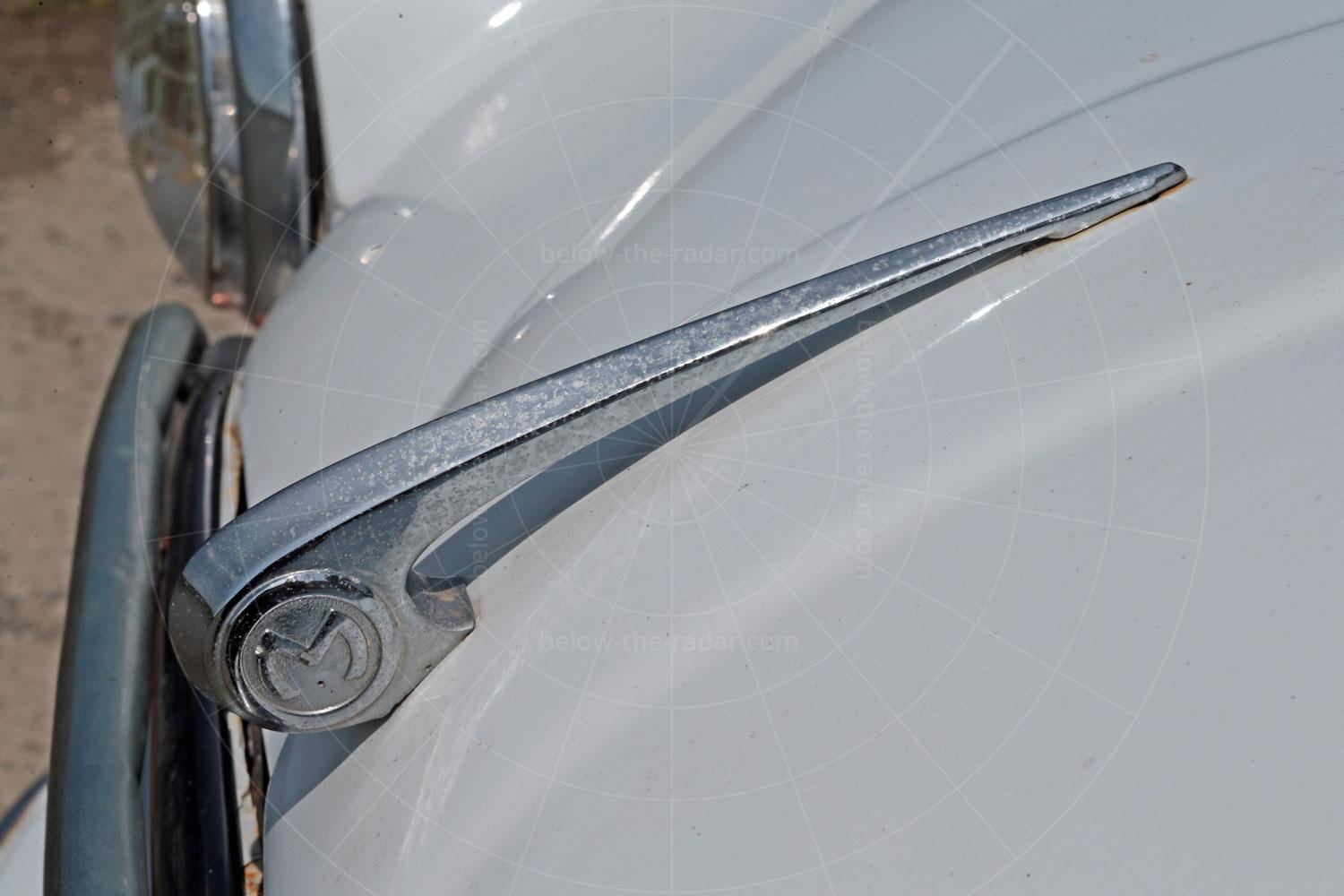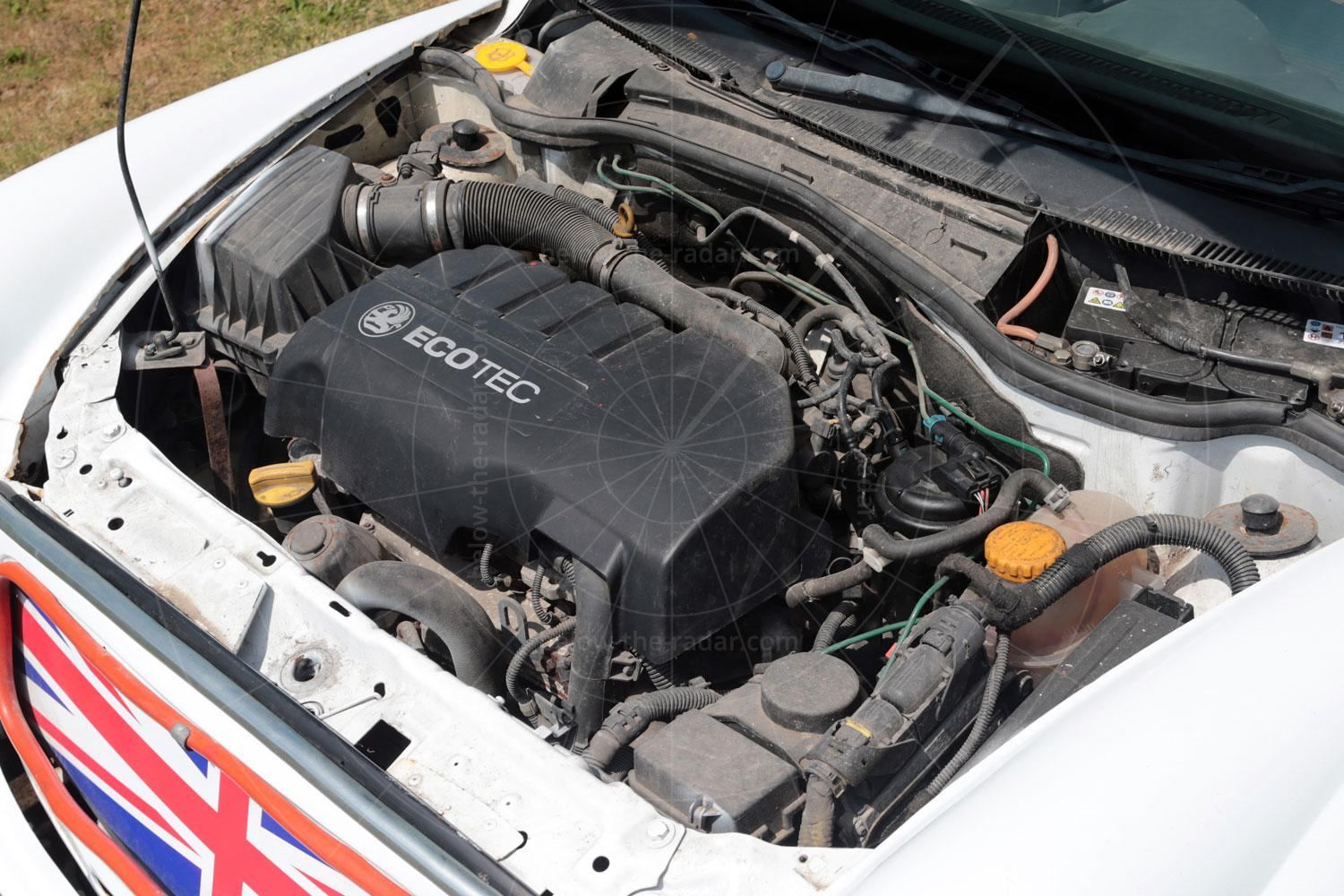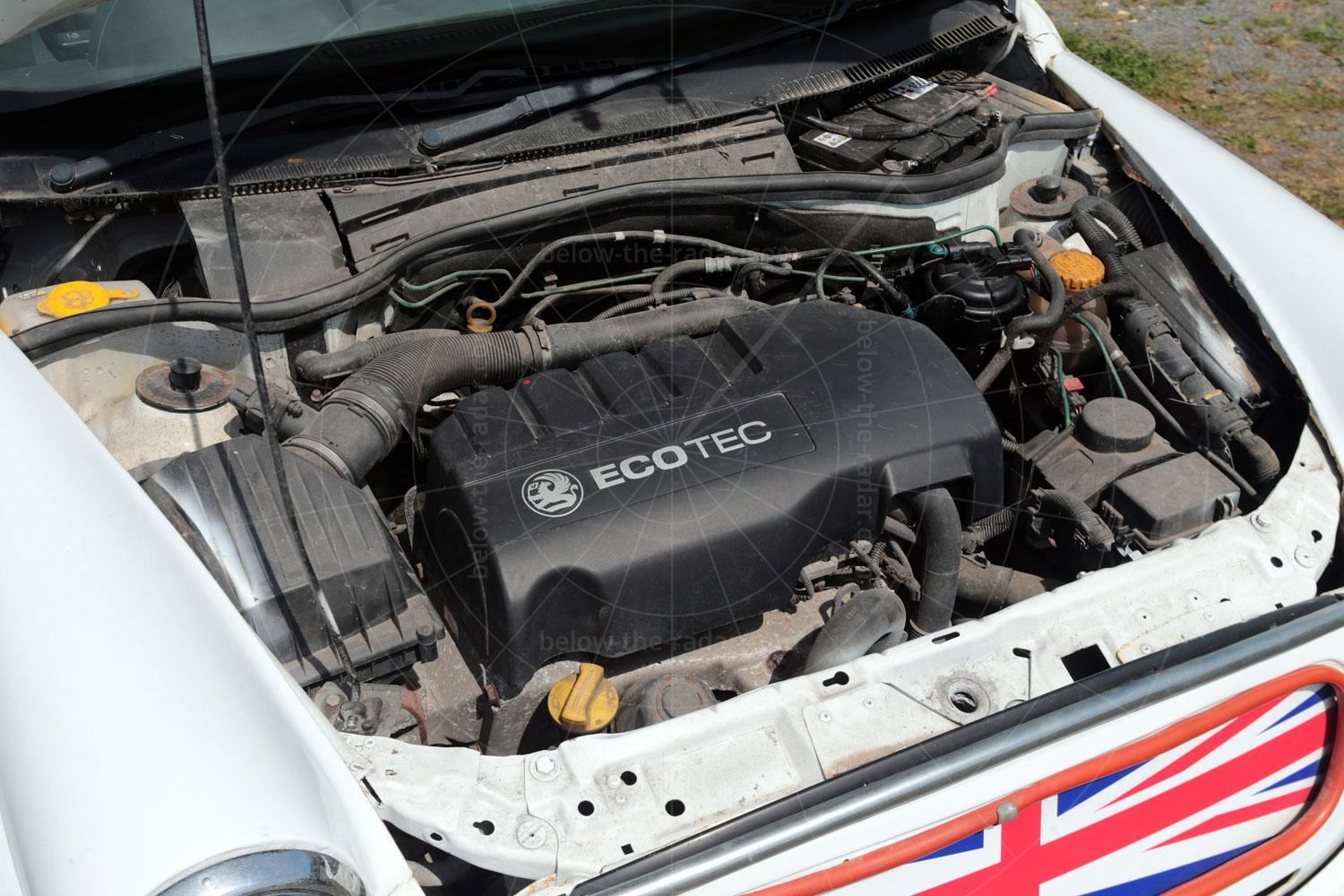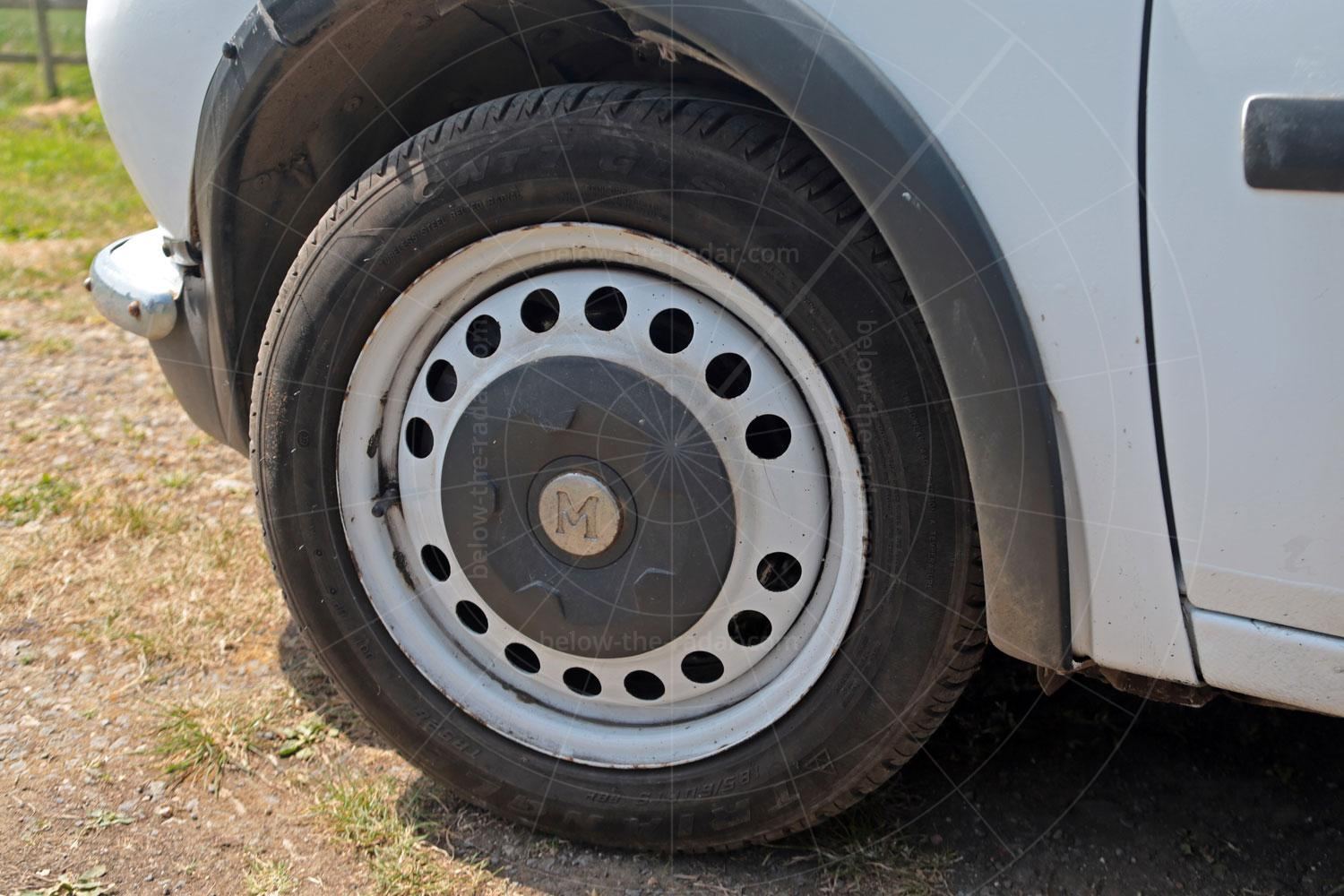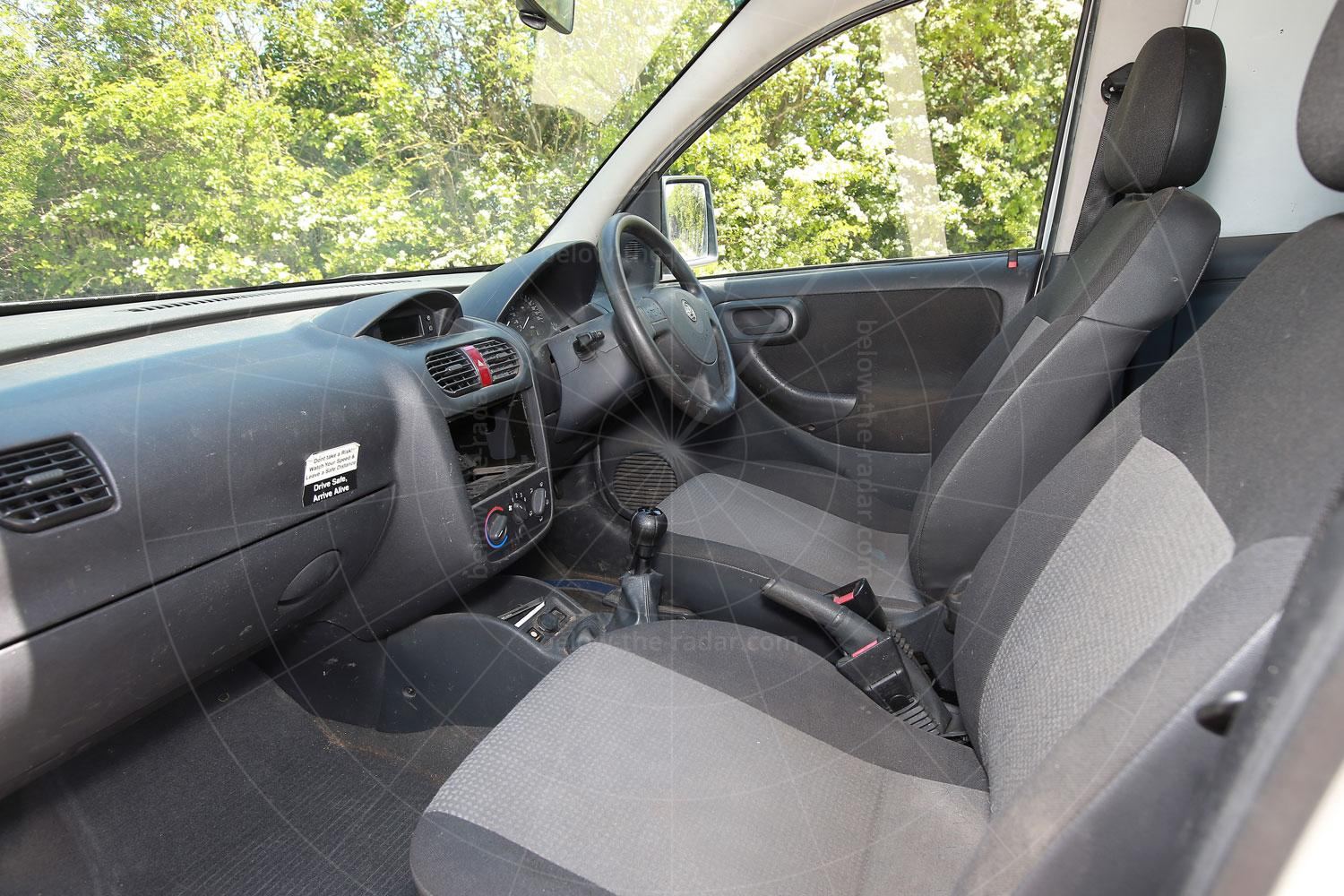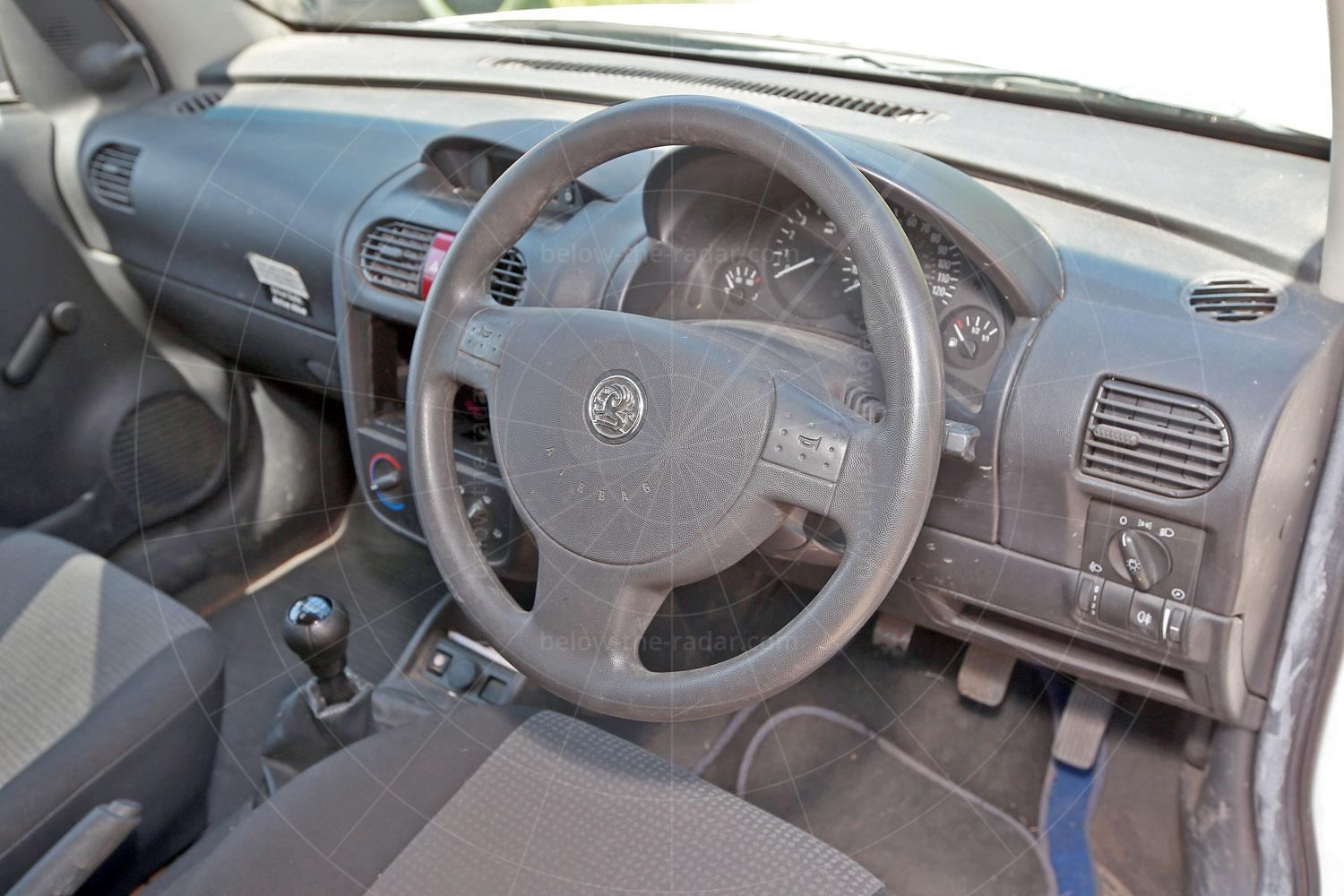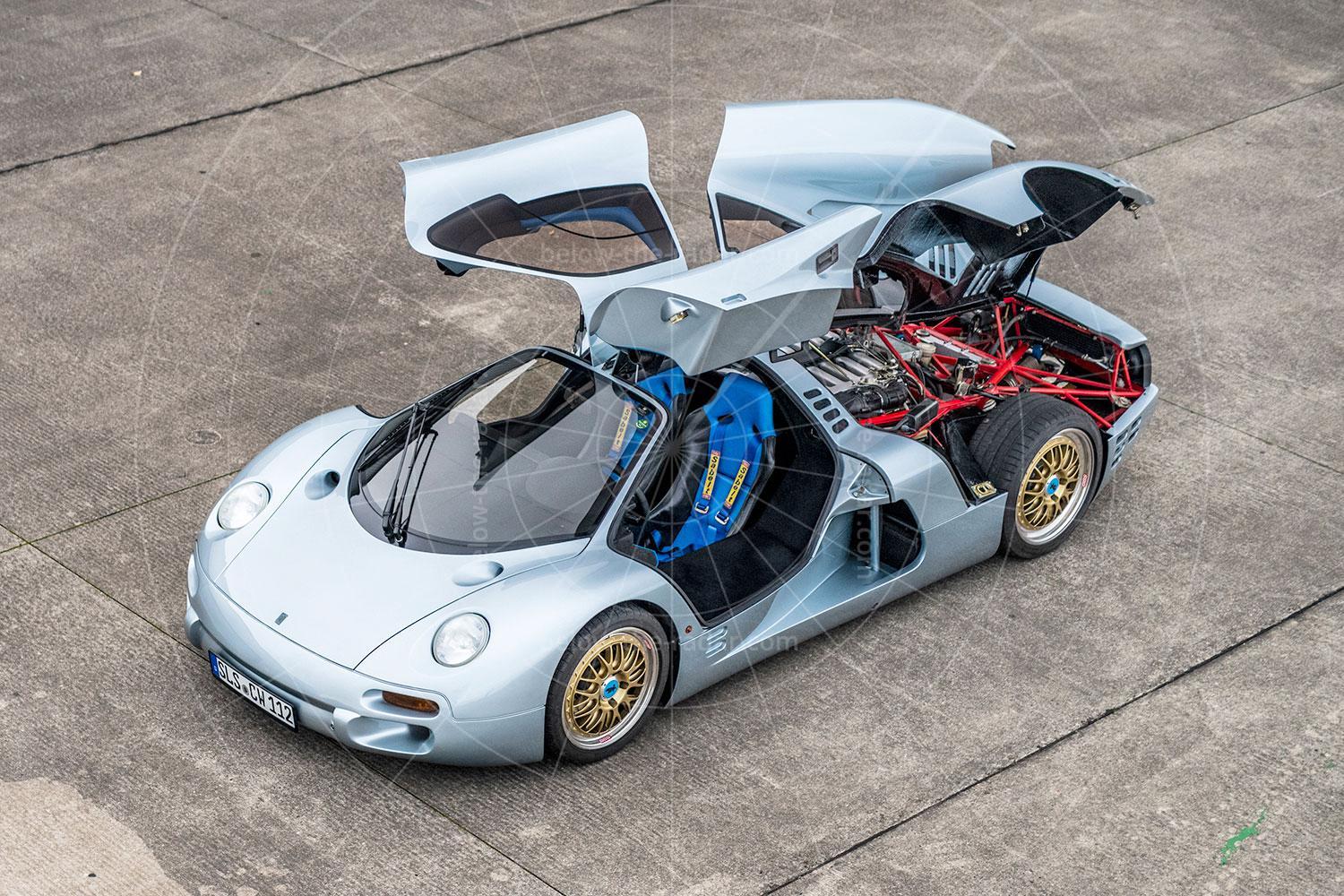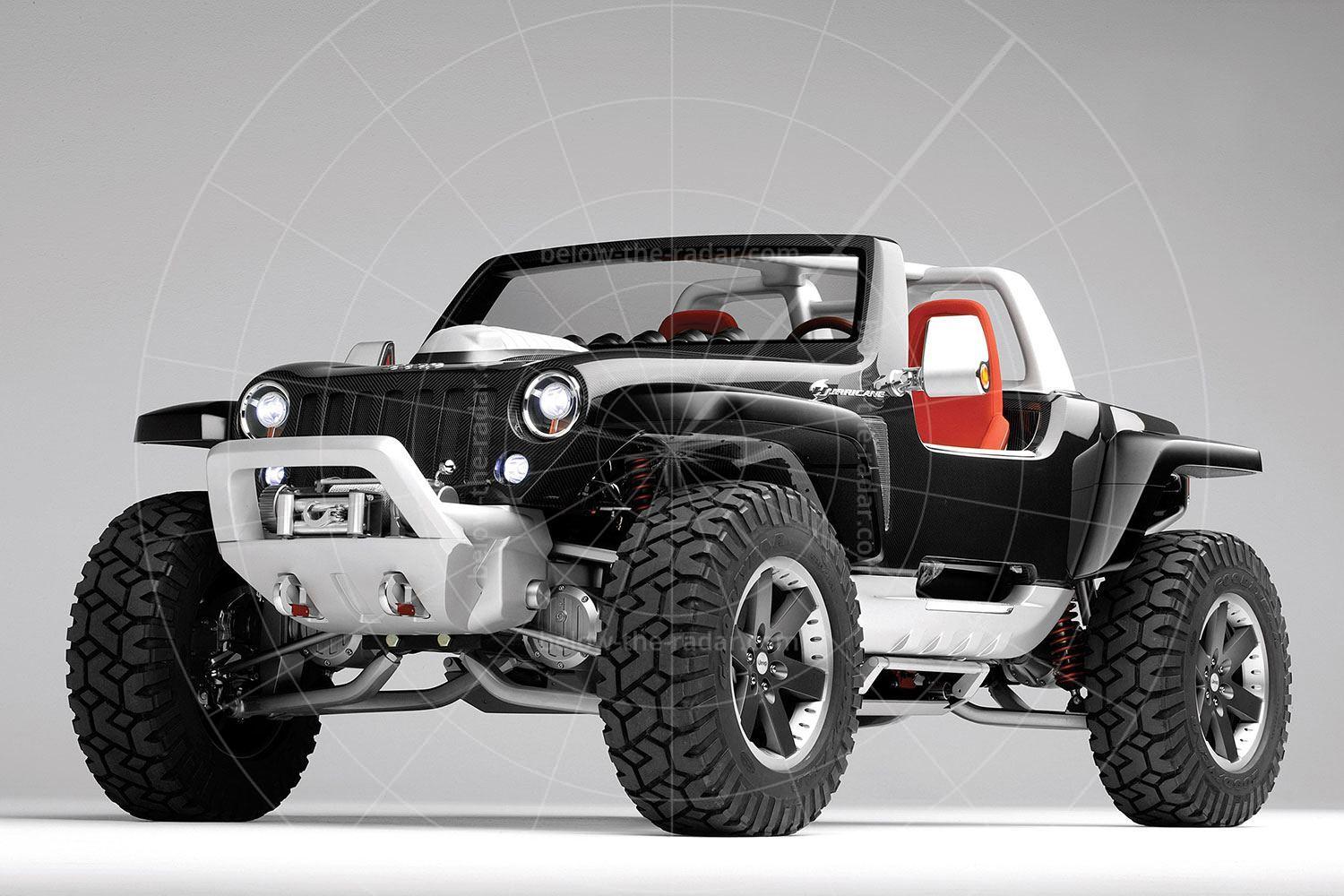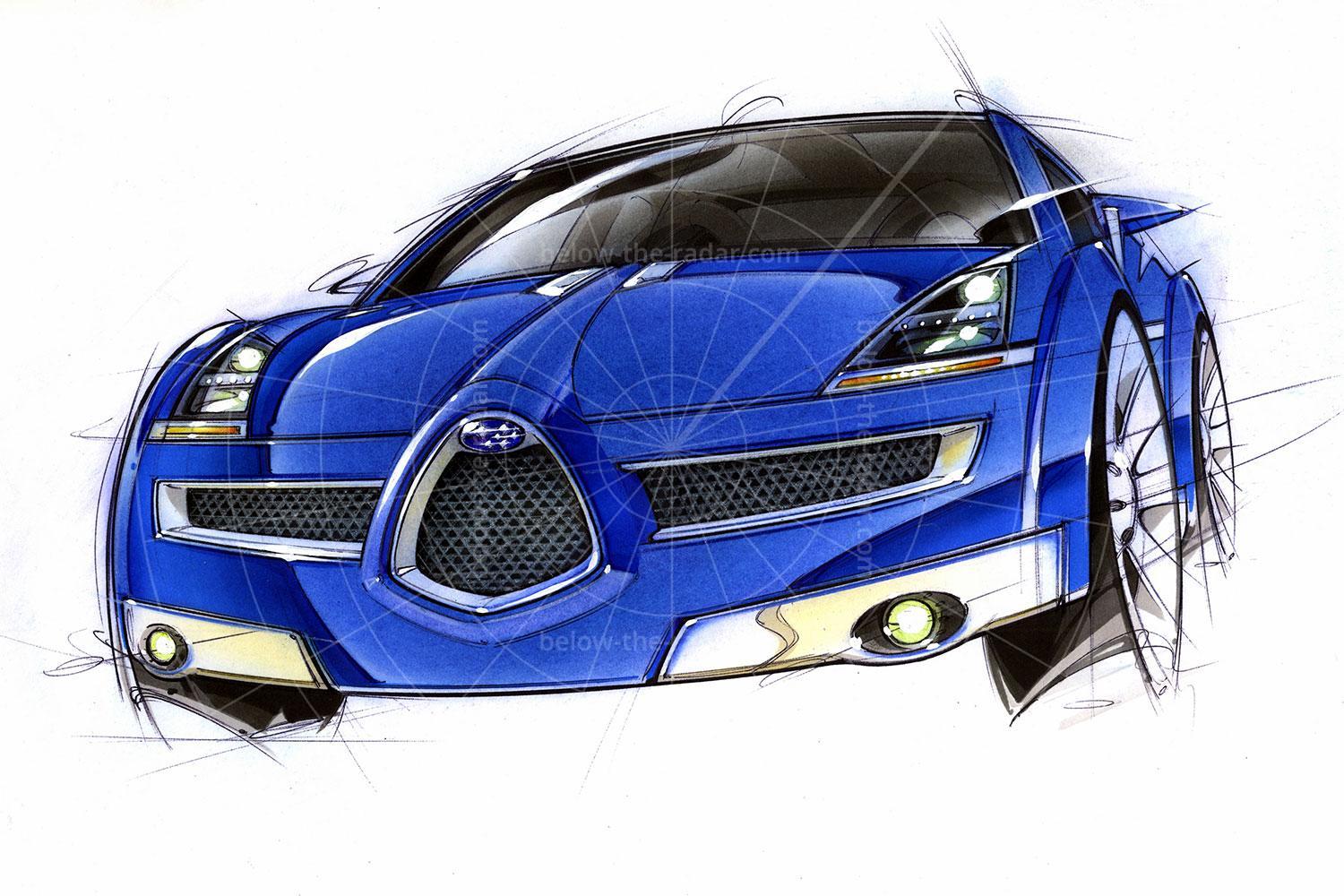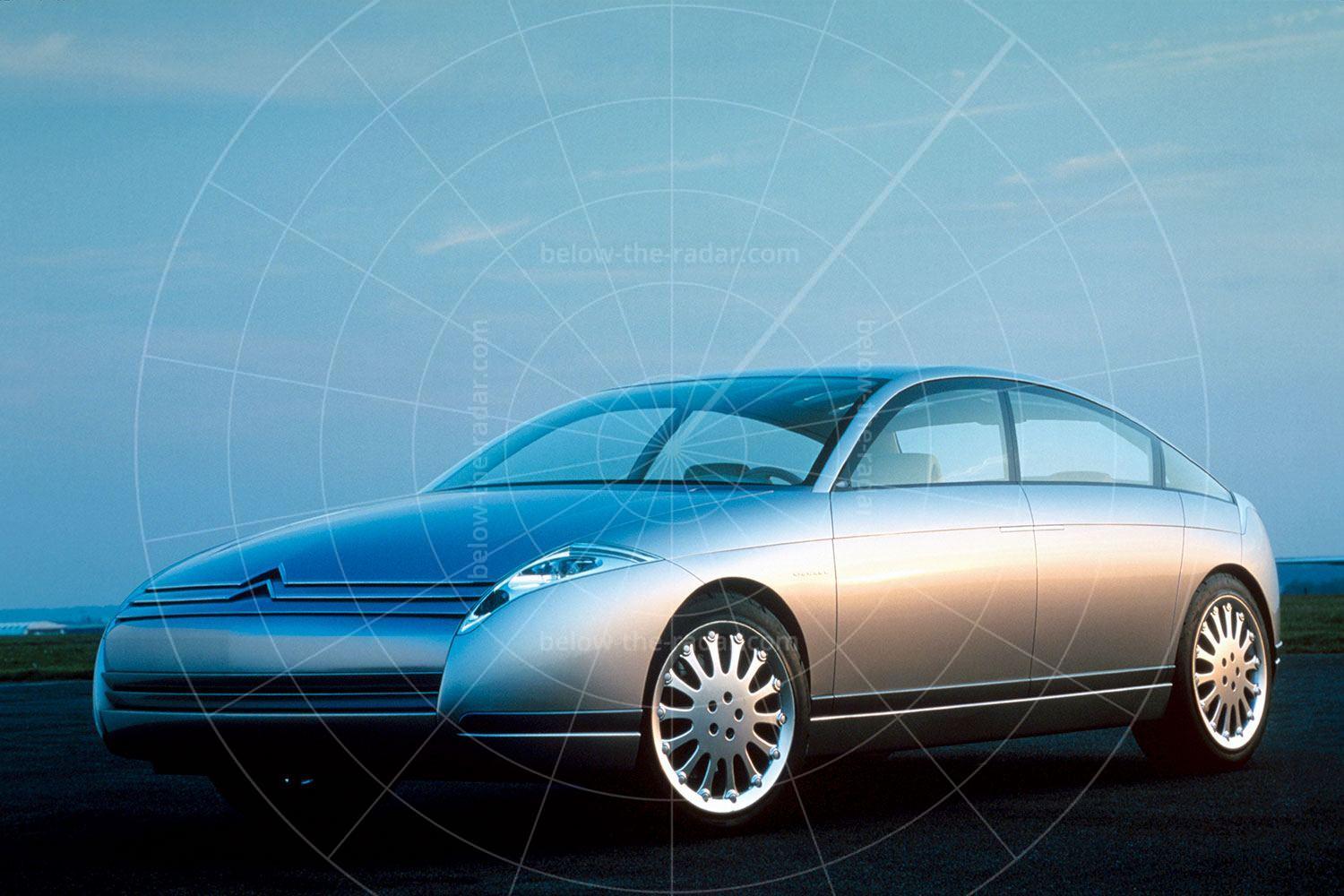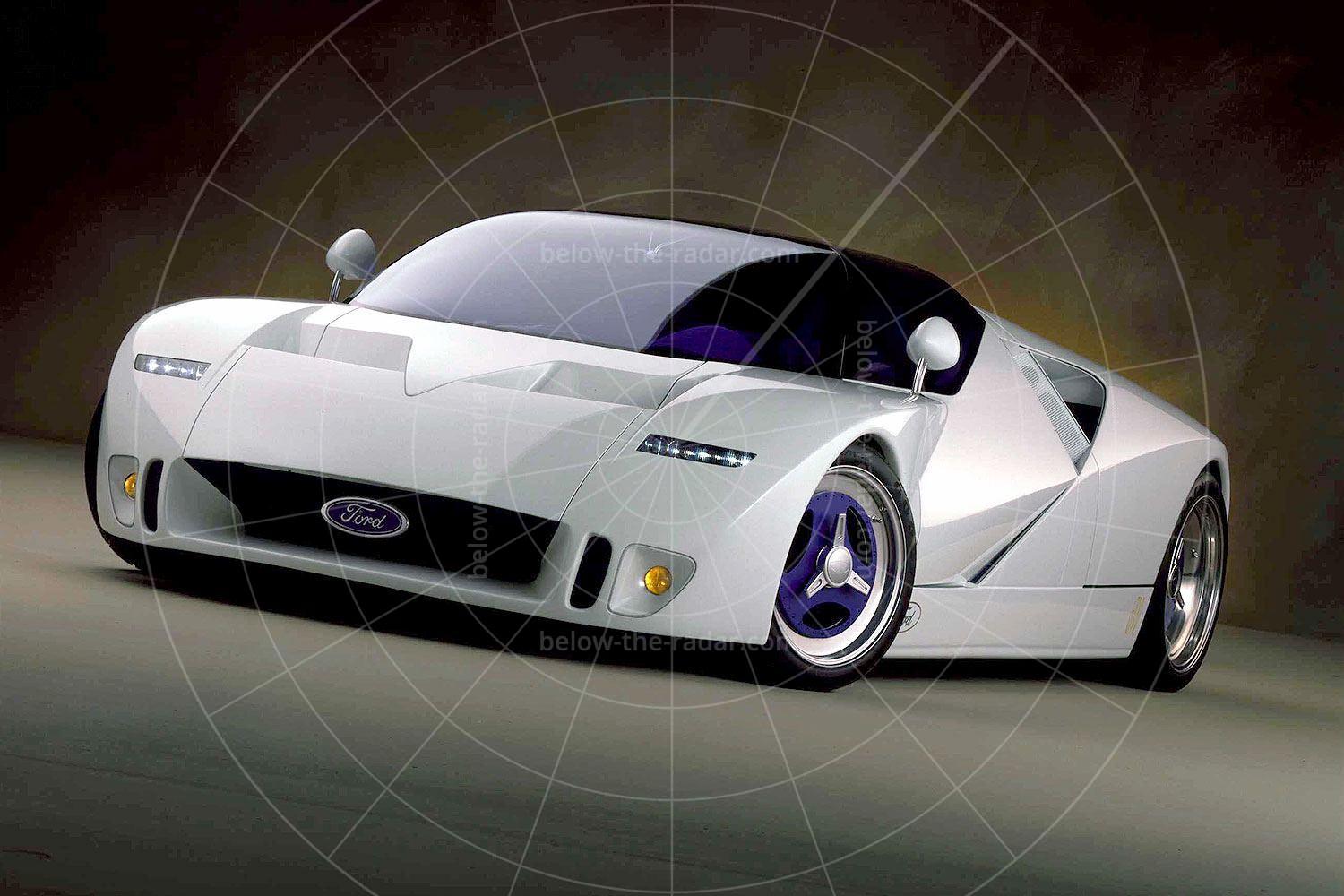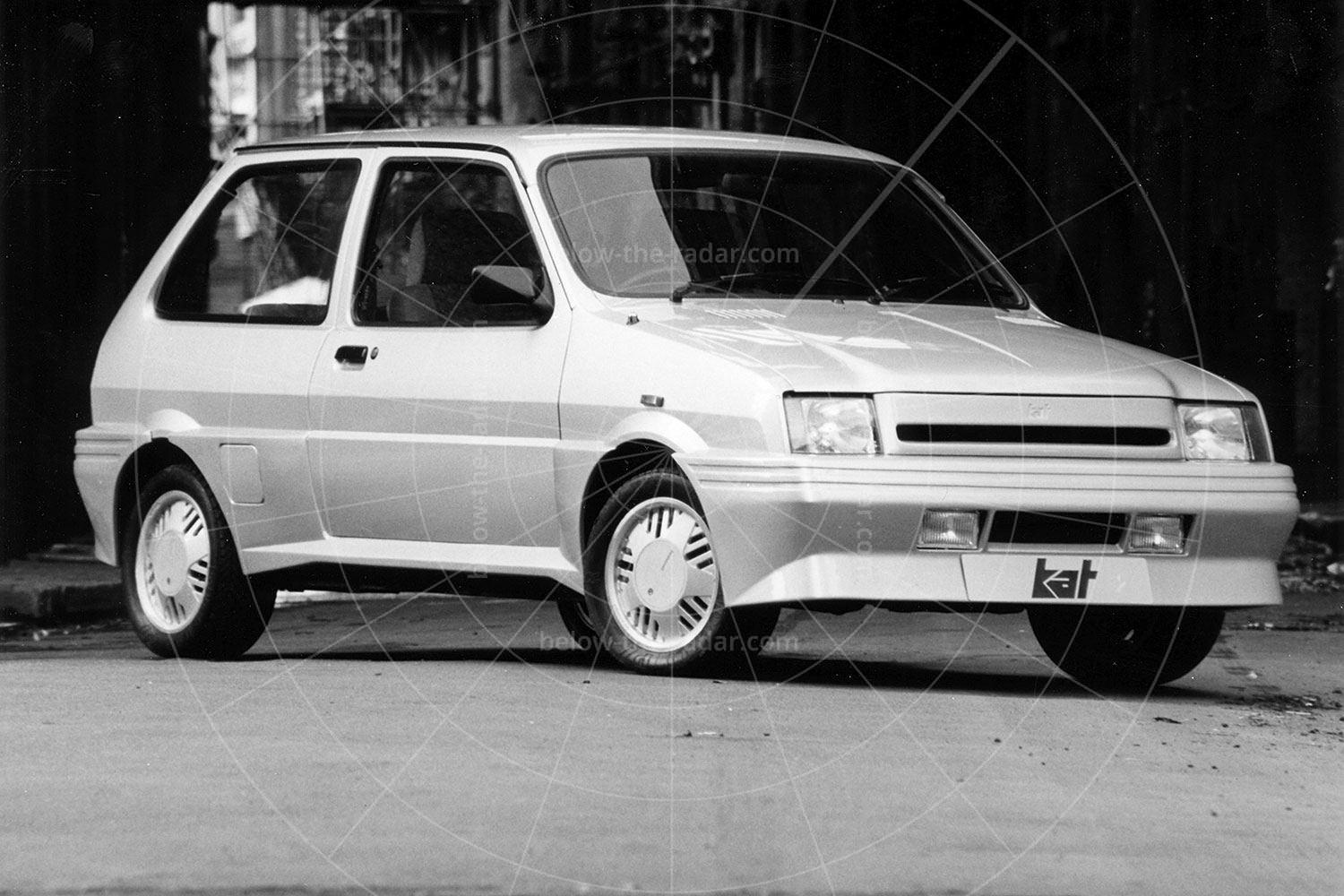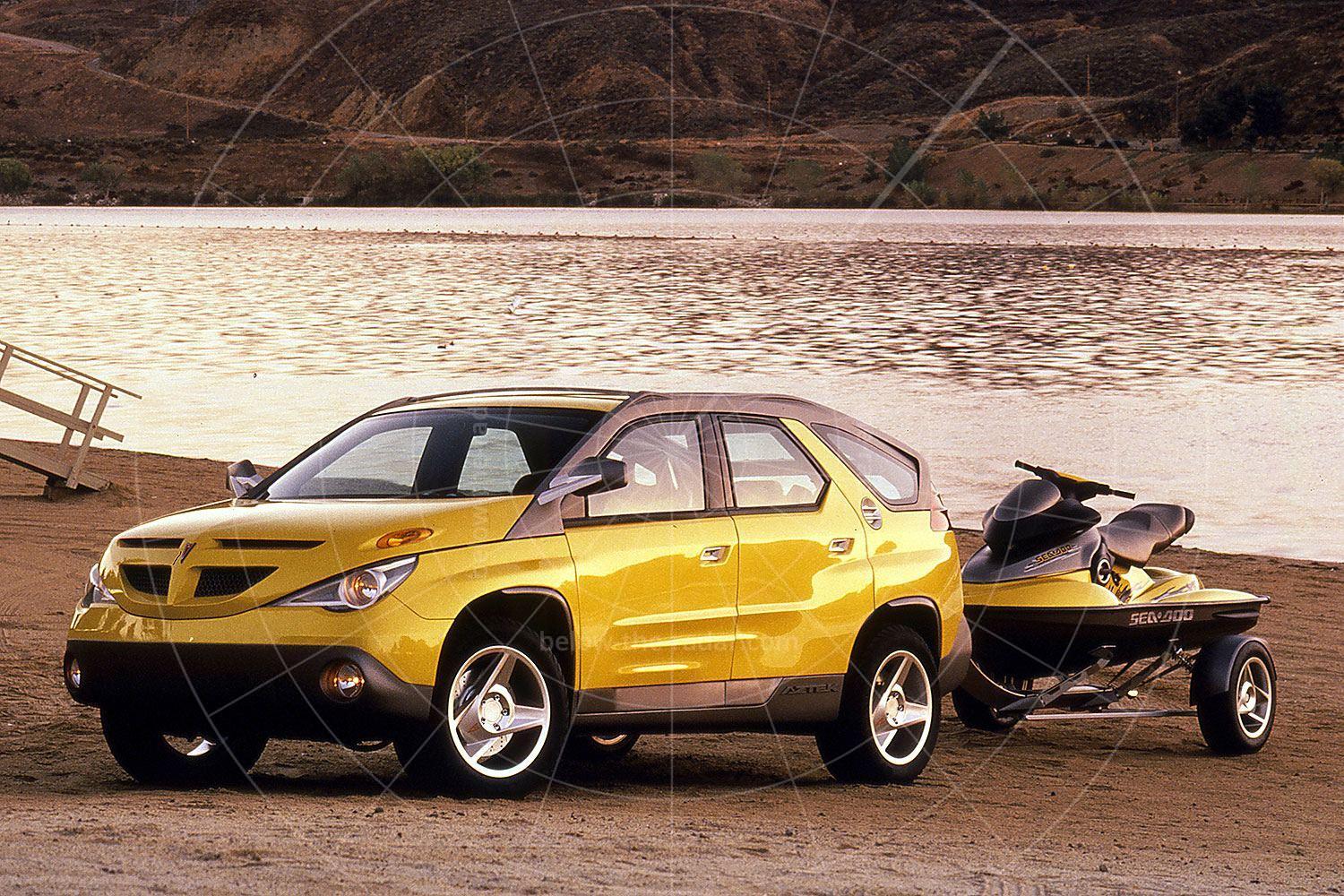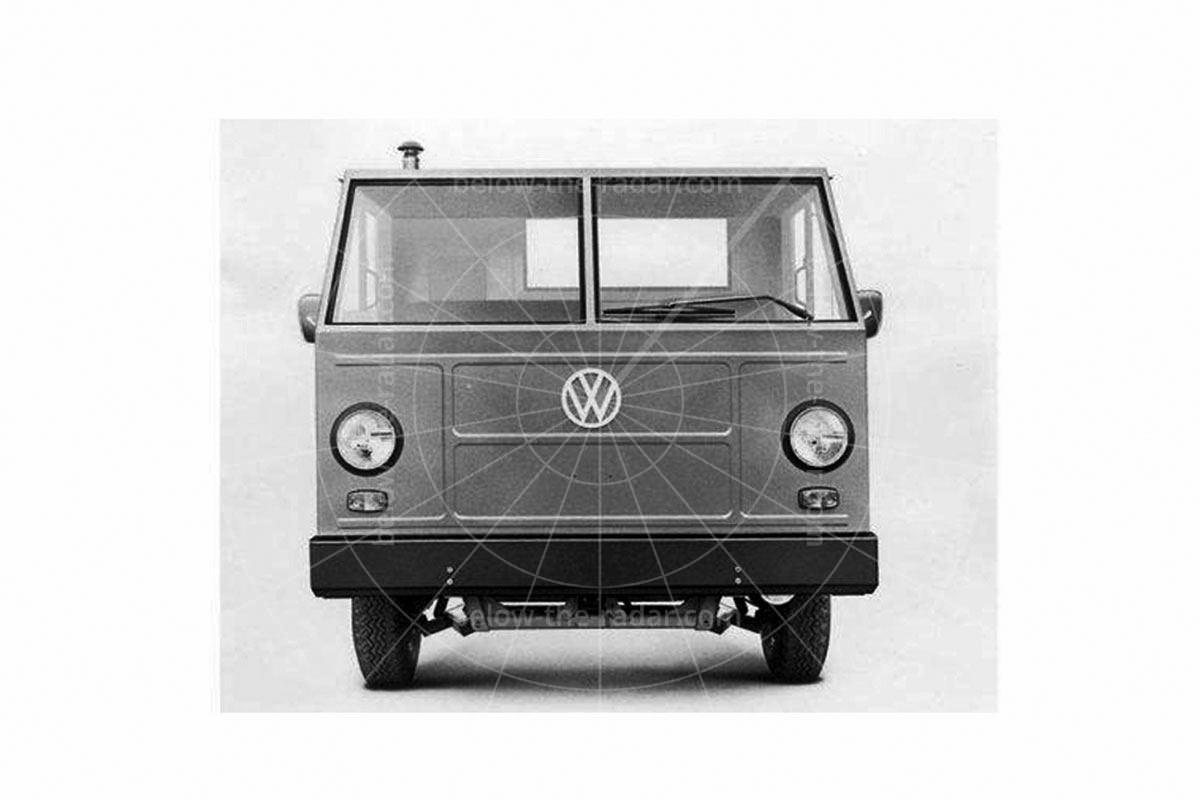Few cars are as instantly recognisable as the Morris Minor, but when you see George Hillier’s commercial model head-on, something does’t look quite right. The roof line is a bit too high, so you move round to get a better look and things start to get seriously weird. The shut lines are far better than anything that ever came out of Cowley in the 1960s, and on the offside there’s a sliding door that looks distinctly 21st century. That’s because it isn’t a Morris Minor – it’s a Corsa-based Vauxhall Combo van with a Minor nose grafted on.
Says George: “Back in 2009 I had a friend called Chris who wanted to buy a Morris Minor van. He used to restore them for other people as a hobby and he really wanted one with a diesel engine, but of course they didn’t make such a thing. By chance I happened to buy a crash-damaged Vauxhall Combo van that needed new front-end panels. I fitted standard replacement parts then Chris noticed that the width was very similar to that of the Minor. Could we buy a set of Minor panels and make them fit?”
The ex-BT van had covered just 22,000 miles so it was in rude health, its 1248cc diesel engine being barely run in. Morris Minor panels are easy to source on a new basis, thanks to a network of specialists and a very active owners’ club. One of those specialists was based near George, and when they were approached about getting involved in the project they were only too happy to donate a decent bonnet – they wanted to see the project reach fruition as they were intrigued by the whole thing. With the requisite parts acquired, George and Chris set about fitting them to the Vauxhall.
George continues: “To ensure that the car continued to comply with all of the relevant regulations we had to retain its basic front end, which meant its inner wings, support panels and the slam panel. Making everything fit was tricky because you need everything to line up, and obviously the Combo van’s nose has a different profile from the Minor’s. The hardest part of all was accommodating the fusebox as the wing encroaches into the space on which it’s mounted on the inner wing. But with a lot of fettling we made it all fit, although it took a lot of work to make everything line up”.
Having created something so brilliant, George decided he’d rather like to put it into limited production, so other people could enjoy the practicality of a diesel-powered Minor van. His first step was to go to a Morris Minor show, where unsurprisingly his creation went down a storm. There were some sceptics too, who reckoned the market was non-existent, but George proved them wrong by getting four people to sign up to buying one.
He adds: “I set up a website, now defunct, to gauge interest and it became clear that if the conversion was priced somewhere between £2000 and £3000 there were enough people keen enough to justify setting up small-scale production. Of the four people who were seriously interested, two were disabled as the Combo is very wheelchair-friendly. They found the idea of a small diesel-powered van with that retro look very appealing, but to move the project to the next stage was going to take more time than I had available, so it all went a bit quiet”.
Looking at George’s creation, it’s clear that it’s a prototype as it doesn’t have the polish of a production car. It’s 95% there, but it’s that last 5% that takes the time, getting everything to line up perfectly with tight, even gaps. But it’s impressive that everything looks as good as it does, considering the two cars that have been mated together were built decades apart.
To ensure the bonnet release mechanism works properly, the original bonnet is retained and the Minor item is fixed on top. That might not sound very slick but it actually works very well, and although the release mechanism is awkward to reach, the bonnet opens and shuts without a problem. The Union Jack grille is an intriguing touch, too.
Says George: “When the project fizzled out I continued to run the vehicle and it’s continued to get lots of interest wherever I’ve taken it. I get stopped sometimes, by people keen to take pictures because they can’t believe what they’re seeing. It would have been great to have produced a few more, but it was just going to take too much time to pull everything together and I had too many other things going on”.
Having briefly driven the Corsor (or is it a Mina?) on the rural roads around George’s home, it doesn’t take long to see the appeal. The first thing that strikes you on the outside with the engine ticking over, is how the diesel clatter isn’t especially incongruous. The CDTi engine sounds little noisier than a tappety petrol powerplant.
As you’d expect, there’s not even a hint of Minor about the driving experience once you’re on the move – it’s pure Combo. As such, things major on comfort rather than speed, the soft suspension soaking up the bumps with ease. The steering is nicely weighted if rather devoid of feel, but the gearchange is slick and at low speeds the engine provides plenty of torque so the pick up is excellent. As you accelerate through the gears the engine gets a bit clattery, but the power delivery (such as it is) is very linear, with no hint of peakiness.
It's a shame that George’s project remained a one-off, because it had all the usability of a modern car with some of the charm of a classic. Admittedly not all that much, because only the front panels were changed. Maybe George should have nailed some panels of wood down the side so it emulated the Traveller a bit more…

